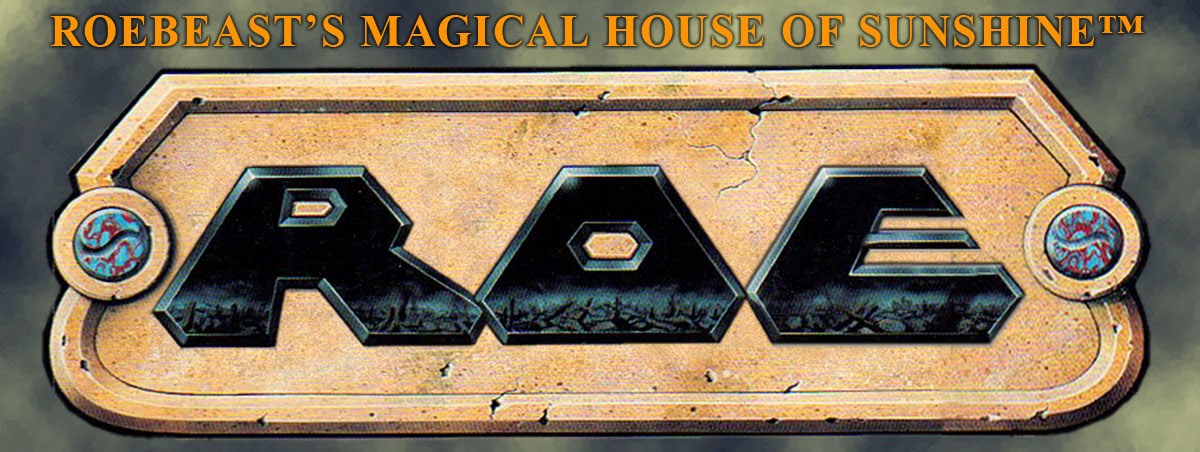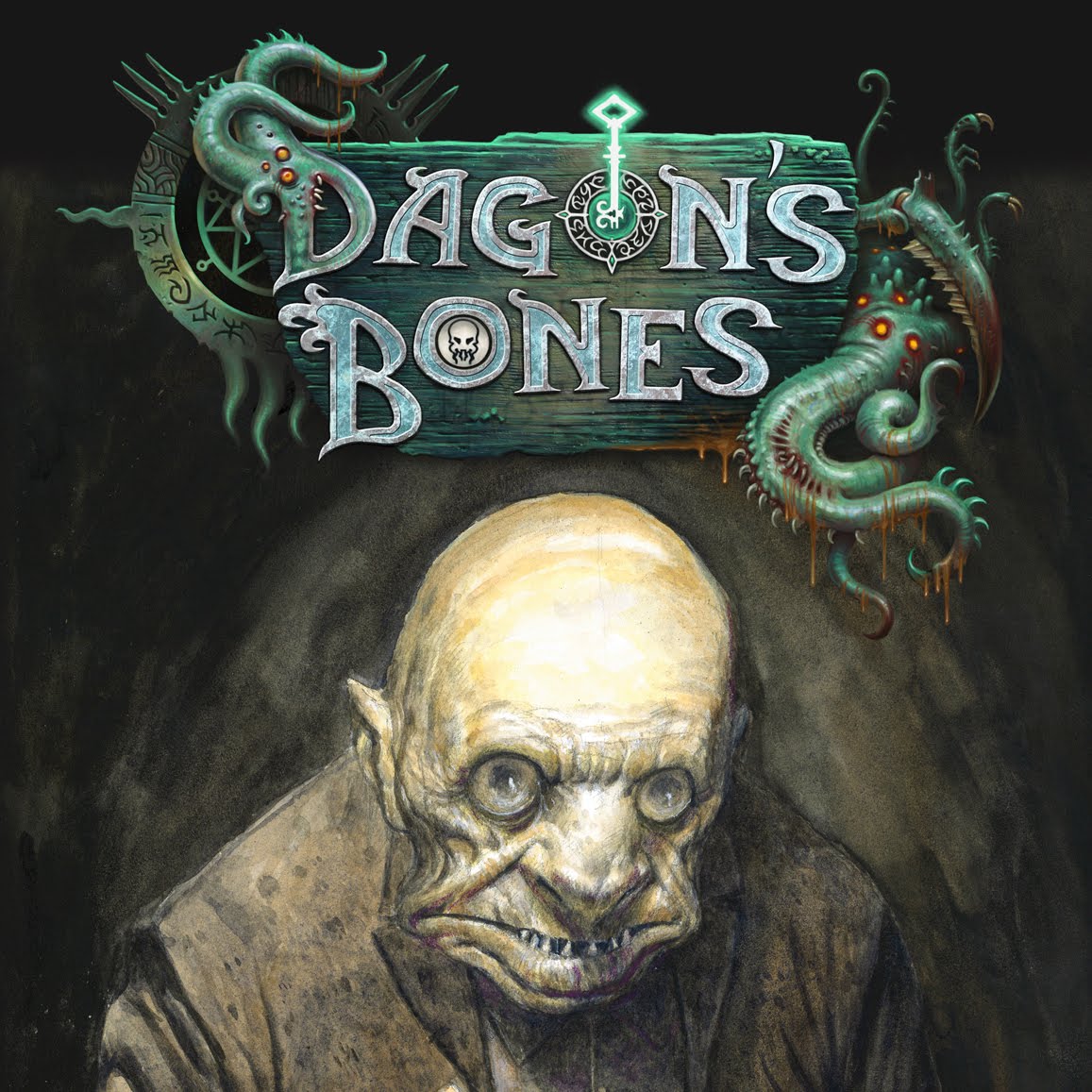 |
| Land Raider from Rogue Trader. |
How did you become involved with Games Workshop, did you already know someone at the company or were they looking for someone with your particular skill-set?
I had a friend that I knew from Rock City, and she knew someone at Games workshop. I don’t remember exactly how it happened but I was looking for some extra money, she talked to John Blanche. He liked the idea of adding technical drawing to Warhammer 40k, so we met and he commissioned me to do the weapons and the armor suit. I think I added the cutaways in the armor.
Fortunately he liked what I did, and as such I got more contract work. The company I was working for had cut backs and I found that I was out of a job. I went to the Games Workshop office to drop off some work. I mentioned what had happened, and John said, “Wait here”. Five minutes later I had an interview and was hired.
Apart from my technical illustrations I was a graphic designer so I ended up doing quite a bit of design work on White dwarf and other games. I also did the board artwork for Dungeon Quest.
 |
| Powered Armour Schematic Detail. |
Where did you learn schematic drawing? Had you been doing it for long before working for Games Workshop?
I started my career as an Electro/Mechanical Design Engineer and did an engineering apprenticeship. I always had the intention of being a draughtsman (that’s what my dad did for many years). After my apprenticeship I went on to be a contract draughtsman, where I learnt graphic design and technical illustration. All this took maybe 6 years.
During that time I work for some large companies and some government contracts. I did work on some of the big Rolls Royce Engine cut-aways.
Please describe the process that the studio used for producing a miniature and its required schematic. Were the miniatures based on your drawings or vice versa?
The schematics always came after the models.
 |
| Eldar D-Cannon. |
 |
| Eldar Field Artillery. |
What techniques did you use to produce the drawings? Were you still using traditional media or had computers shown up yet?
Everything was done by hand back then. All the technical illustrations where done on film with ink pens. I used a variety of ink pens, from 0.3, 0.5 and 0.7 pens. I had a full size drawing board with mechanical head. The actual 3D grids used, like the one behind the exploded marine armor I created. I had several at different perspectives. Everything was actually mapped out to scale.
Maps and building illustrations where done with mechanical pencil usually 0.5 with 2B leads.
Color artwork, such as logos where done with an airbrush and Rotoring Inks.
 |
| Imperial Dreadnought. |
 |
| Eldar Dreadnoughts. |
Were you interested in the gaming hobby when you started with the company?
I’ve always enjoyed fantasy and Sci-Fi and I did play D&D when I was younger. But I was more into the imagery than anything else.
I enjoyed creating scenarios and stories and planning things out.
 |
| Ork Warbike. |
 |
| Mk 14 "Bullock" Jet-cycle. |
 |
| Vincent Black Shadow Bike. |
Which were more challenging for you, the hard edged mechanical designs like the Land Raider or the more organic designs like the Man Mangler?
The organic were the more challenging. The hard edged mechanical were second nature to me. Being I came from an engineering background I’ve done hundreds of technical drawings and illustrations. From Gas turbines and Jet engines down to individual components.
 |
| Man-Mangler Orc Mangonel |
 |
| Whirlwind Chaos War Machine. |
 |
| Tenderiser Chaos War Machine. |
What was the last schematic that you created for Game Workshop?
The last technical illustration was probably one of the tanks, like the Predator or Rhino. Although I did continue to work for them doing logos, maps and buildings.
 |
| Sabre Tank Hunter. This was a Rhino APC conversion by Tony Cottrell from White Dwarf #120. |
 |
| Spartan Terminator Transport. Another Tony Cottrell conversion using a Rhino and a Land Raider. The leftover bits would be used to make the Sabre. From White Dwarf #119. |
Besides schematics what other illustration work did you do for GW?
I did some graphic design and layout for White Dwarf Magazine and other games.
Quite a bit of logo design such as the Harlequins, Imperial Marines, Space Dwarfs to name but a few.
A lot of maps and floor plans.
Building illustrations, and a lot of other minor illustrations.
I did go on to work with Flame Publications (Tony Ackland, Graeme Davis and Mike Brunton). I also did quite a bit of work for Alternative Armies, including the FireFight logo.
I’ve written some short stories, illustrated some short stories for magazines. Worked on a few projects outside of GW with Pete Knifton. I also did the Logo work for BoltThrower.
I have designed and created my own game, but as of yet have not had any success of finding a publisher, although it did play test well.






























